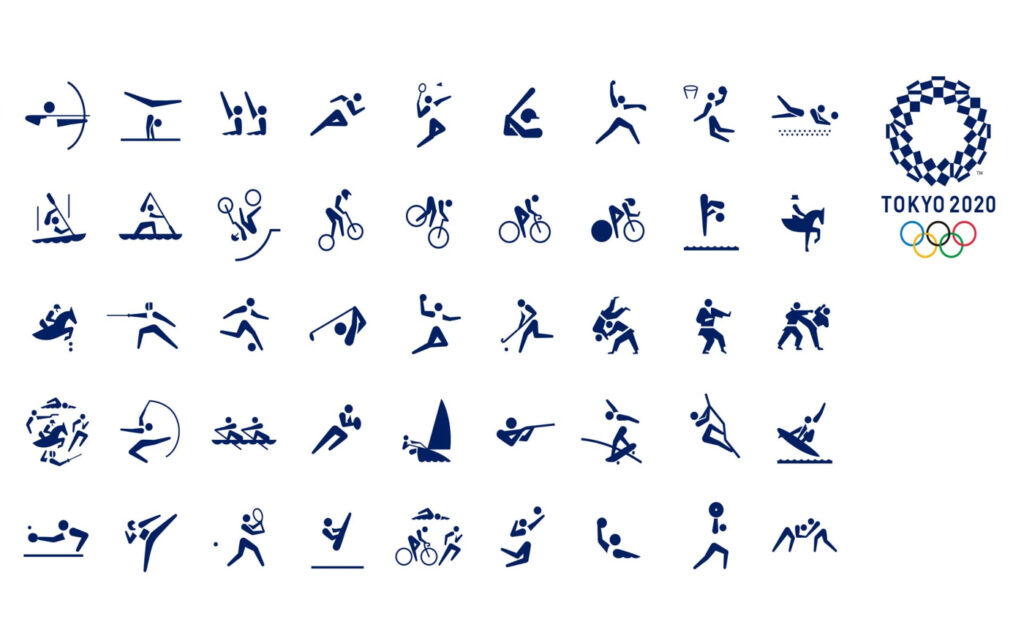The Yiddish language has a reputation of being a humor and jokes kind of language—the language of the common people. But, Yiddish also has a whole intellectual and creative side. This reputation of the language probably originated back in the 18th century, during the Enlightenment period where the language was associated with the uneducated old Jewish world. The educated Jewry abandoned Yiddish in favor of German, Russian and Polish, leaving Yiddish to backward style discourse that strengthens the strong languages and adds spiciness. The awakening of the Zionist movement and the revival of the Hebrew language alienated the Yiddish language, which represented the exiled Jewish diaspora, the world of yesterday, victims and old age, things that the young Sabras (native Israelis) wanted to forget. Gradually that impression began to take hold, contrary to the fact that the language was in fact a cosmopolitan language spoken in wide range of countries, lively and vibrant in everyday life as well as business, Torah study and even poetry and plays.
The Yiddish evolved from a collection of languages of immigrants about a thousand years ago starting from Italy and France to German-speaking regions, so the language contains Romance-Latin elements that gradually became more and more influenced by the German language. With the waves of Jewry immigration to Eastern Europe, Slavic elements penetrated, but possibly the strongest lingual influence came from the “Lashon Hakodes” (holy tongue), the Hebrew language. So, the Yiddish language holds within it 1000-years of Jewish culture and history. The combination of the sacred and day-to-day idioms and the vast combination of languages, expressions and influences created a unique world of contrasts, irony and humor and created the cliché, which bears some truth, of the language of winks and sarcasm.
The language was somewhat resuscitated when the Yiddish writer Issac Bashevis Singer won a Nobel Prize for Literature in 1978. Although most of his book sales were the English translations and only the minority of them were sold in the original Yiddish, he felt that the language helped him document and preserve a world that no longer exists. During his speech at the Nobel banquet he said: “People are asking often why do you write in a dying language. Firstly, I like to write ghost stories. And nothing fits a ghost better than a dying language. The deader the language the more alive is the ghost. Ghosts love Yiddish, they all speak it… I believe in resurrection, I’m sure that the Messiah will soon come and millions of Yiddish speaking corpses will rise from their grave one day and their first question would be: “Is there a new Yiddish book to read?”.
Here is another quote from Bashevis Singer: “Yiddish is a language of exile, without land, without borders, not supported by any government. It is a language that has no words for weapons and methods of war. It is a language that was despised, both by Jews who have integrated into non-Jewish communities during the Emancipation period and by Gentiles… Some called Yiddish a dead language, but so was the Hebrew called for two thousand years. It has been revived in our time in a remarkable way, almost miraculously. The classic works of Yiddish literature are also the classical works of the modern Hebrew literature. Yiddish has not yet said its last word. It contains treasures that have not yet been revealed to the world. It was the language of martyred and righteous individuals, dreamers and Kabbalists—rich in humor and memories, that hopefully would never be forgotten. As an illustration, I would say that Yiddish is a smart and humble language of us all, the form of speech of a frightened but hopeful humanity.”
The realization that the Yiddish language is dying sharpened with the destruction of European Jewry. Out of a community of about 11 million speakers in the mid-30s of the 20th century it shrank to a few hundred thousand individuals. Its end began even before the Holocaust, when Yiddish schools were closed in the Soviet Union and language practitioners were persecuted by Stalin’s regime. In Palestina, the Hebrew language conquered the Yiddish language, and even in the United States, immigrants abandoned Yiddish in favor of English. At the same time, in the Ashkenazi ultra-Orthodox community, the Yiddish maintained its continuity since the Holocaust. The language is spoken, written and used for study and is not going anywhere. The Yiddish language also serves the need to seclude the ultra-Orthodox community, cultivating a culture of superiority over those who are not part of the community, and the fact that the language is not spoken by those who are not ultra-Orthodox community even strengthens its power within the community. In contrast to the seclusion that Yiddish symbolizes today in the 19th and 20th centuries, Yiddish underwent a revival process as a universal language and was also used for extensive secular publications. The Yiddish as a flexible language that absorbs and collects foreign vocabulary was very suitable for the modern world and became the lingua franca of the Ashkenazi Jewry throughout the world.
Yiddish is divided into two main dialects—the Eastern (Lithuanian, the Litvak) with more Slavic elements and the Western (Poland, the Galitsianer) more German orientated and with a different pronunciation. The gap between the dialects were not just lingual and the term Litvak or Galitsianer is first and foremost an expression of the contrast in character and warmth, food and religious customs. The Litvak eat kugel on Shabbos while the Galitsianer eat kigel.
Over the years there were times when Yiddish was perceived as jargon and not as a real language, but Yiddish is definitely a language with its first written texts preserved in Hebrew letters from 1272. It is impressive to see how Yiddish, during a short period, reached great literary achievements that do not fall short of any other European languages.
There is a new phenomenon that is taking place with the return to tradition and search of cultural origins seen as a secular revival of the language called “Young Yiddish“, which aims to instill Yiddish culture and encourage contemporary Yiddish creation. This revolution of Yiddish has emerged mainly in the US and Israel, where people for whom Yiddish language and culture are important gather— both Jews and non-Jews out of a desire to revive and preserve a cultural world that no longer exists. This is not a revival of a language but rather a struggle for its preservation so that it will not perish, and this is a struggle that has just begun.
Yiddish has penetrated prominently into the American culture. Phrases such as oy gvald, kvetch, schlep and schmooze have made the Yiddish into something beyond language, a metaphor and a cultural phenomenon mainly by those who do not speak it, to the displeasure of Yiddish speakers and scholars who see Yiddish as far more than that. Part of this impression may stem from the kind of stories told in Yiddish that are immersed in a lot of self-humor. It is unclear when exactly Yiddish came to the United States, but by the middle of the 19th century the language was already present all over the continent. After World War II, with the great wave of immigration of Holocaust survivor Jews to the United States, Yiddish theaters and newspapers were established and very quickly the United States became a prominent Yiddish center in the world. Yiddish culinary dishes also found their way into the United States with dishes, such as gefilte fish, latkes, bagels, and more, and gradually a dialect called Yinglish was created where many Yiddish expressions were assimilated into the vernacular spoken English. Over 60% of Yiddish speakers in the US live in the New York metro area, so the presence of the language is quite dominant in the largest and most influential city in the US. Yiddish-speaking communities also developed in Canada and South America, making this phenomenon international and not just local in the United States.
To illustrate how much Yiddish has influenced the American culture, let’s consider the following scenario: an employee gives a lengthy shpiel while making arguments. then on his lunch break he orders a bagel and calls someone a klutz or complains about the person’s chutzpa. And when something technical doesn’t work, he calls it a glitch. Although many of these expressions seem natural and part of the American language, they all come from Yiddish.
Regarding the phrase “it sounds better in Yiddish”—this is probably true for every folk phrase that sounds better in the source language. But there may be something in the way the words sound, such as the word tuchas. Compared to other languages, there is a kind of ease to this language that does not take itself seriously perhaps due to the fact that the language developed in a persecuted minority without a nation that desperately needed dark humor for the weak and oppressed in order to survive.




















